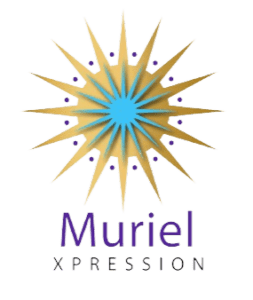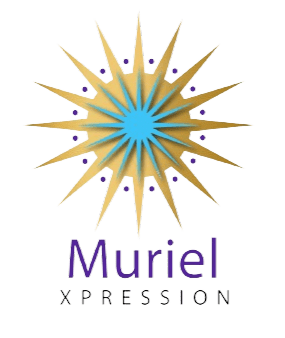Healing the Past: A Guide to Overcoming Childhood Trauma
Unraveling the tangled threads of childhood trauma can be a daunting task, but it’s a journey well worth embarking on. In this blog, we’ll delve into the depths of healing childhood trauma, exploring the impacts it has on our lives and providing valuable insights and tools for navigating the path to recovery.
1. Understanding Childhood Trauma
Childhood trauma can take many forms, from physical abuse to emotional neglect, and its effects can linger long into adulthood. It disrupts the developing brain, altering our perception of self and the world around us. Understanding the root causes of our pain is the first step towards healing.
- Trauma Types: Explore the different types of childhood trauma, from overt abuse to subtle forms of neglect.
- Impact on Brain Development: Learn how trauma affects the developing brain and shapes our emotional and behavioral responses.
2. Recognizing the Signs
Identifying the signs of childhood trauma is crucial for initiating the healing process. Symptoms may manifest as anxiety, depression, substance abuse, or difficulty forming healthy relationships. By recognizing these patterns, we can begin to unravel the layers of our trauma and reclaim control over our lives.
- Common Symptoms: Explore common signs of childhood trauma and how they may manifest in adulthood.
- Triggers and Flashbacks: Understand how triggers and flashbacks can reawaken past trauma and learn strategies for managing them.
3. The Healing Journey
Healing from childhood trauma is a journey of self-discovery and self-compassion. Therapy, whether through traditional talk therapy or alternative modalities like art or music therapy, can provide a safe space for exploring our past and processing our emotions. Mindfulness practices, such as meditation and yoga, can also help us cultivate present-moment awareness and reconnect with our bodies.
- Therapeutic Modalities: Discover various therapeutic approaches for healing childhood trauma, from EMDR to somatic experiencing.
- Self-Care Strategies: Learn practical self-care strategies for managing stress, soothing emotional distress, and promoting overall well-being.
4. Building Resilience
As we progress on our healing journey, we build resilience—the ability to bounce back from adversity stronger than before. This resilience allows us to set healthy boundaries, practice self-care, and cultivate meaningful connections with others. It empowers us to rewrite the narrative of our lives and embrace our inherent worthiness.
- Setting Boundaries: Explore the importance of setting boundaries and strategies for establishing and maintaining them.
- Cultivating Meaningful Connections: Learn how to foster healthy relationships built on trust, respect, and mutual support.
5. Empowering Others
One of the most powerful aspects of healing from childhood trauma is the opportunity to empower others on their own healing journeys. By sharing our stories, offering support, and advocating for trauma-informed care, we create a ripple effect of healing that extends far beyond ourselves.
- Sharing Your Story: Discover the power of sharing your story as a tool for healing and advocacy.
- Advocacy and Awareness: Learn how to advocate for trauma-informed policies and practices in your community and beyond.
Together Towards Healing
Healing from childhood trauma is a deeply personal and transformative process, but you don’t have to navigate it alone. With patience, compassion, and a willingness to confront our past, we can unravel the knots of trauma and emerge stronger, wiser, and more resilient than ever before. So let’s embark on this journey together, supporting each other every step of the way as we reclaim our lives and rewrite our stories.



Leave a Reply
Want to join the discussion?Feel free to contribute!